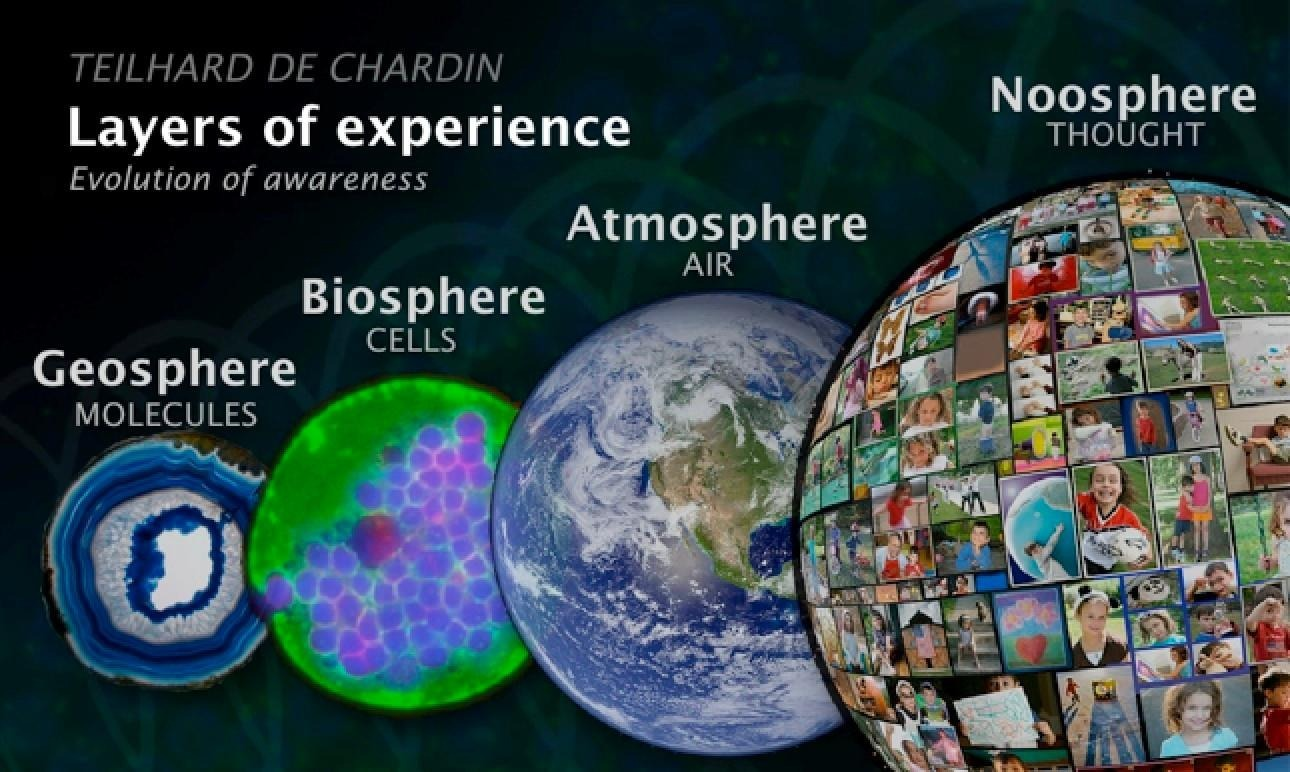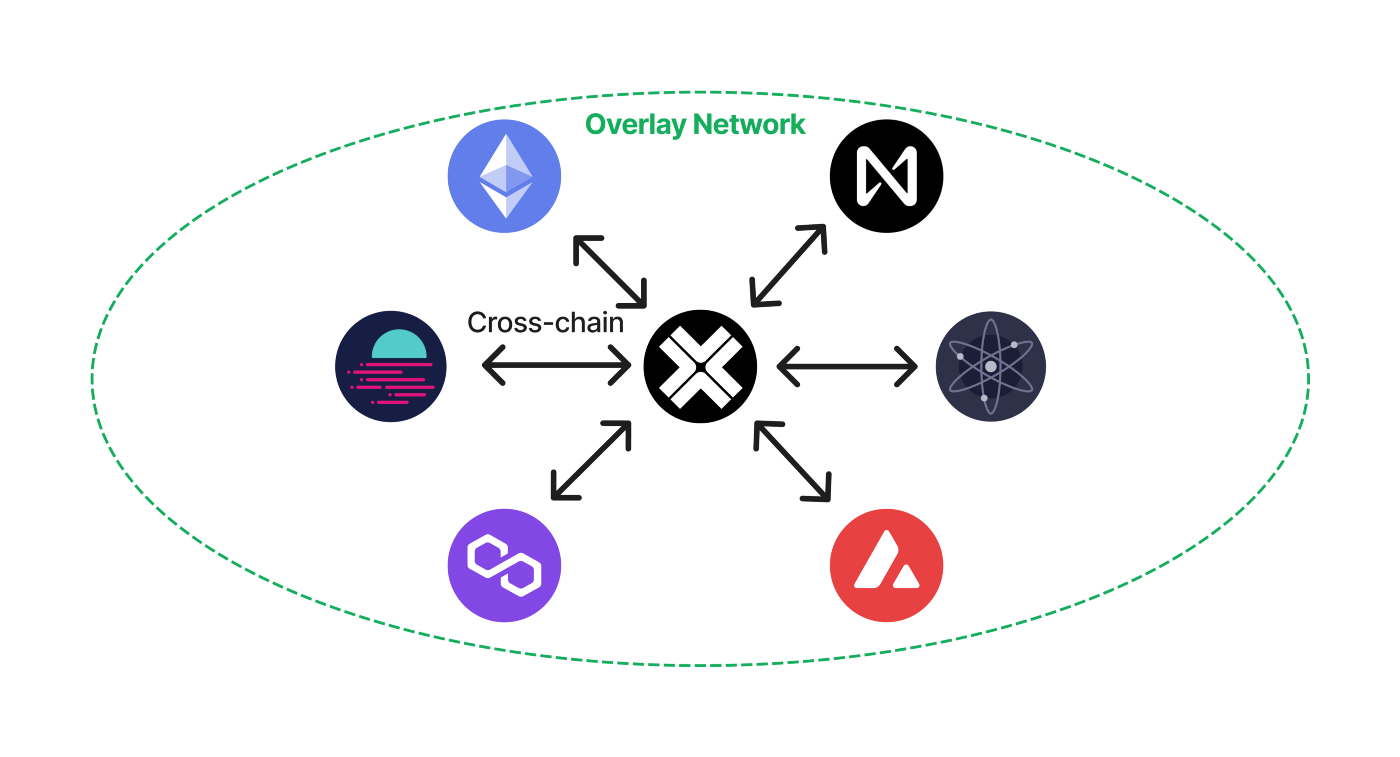
This post originally appeared on 0xPostman’s Medium page.
The internet was just as hard to scale as blockchains.
Recently, I was reading a paper on overlay networks written by researchers at Akamai, an early innovator in internet infrastructure. I thought I was seeing double. The way it talked about disparate, clunky, unreliable servers and cross-continent messaging before overlay networks were built on the internet, it sounded exactly how blockchains are today.
The comparison works so well, in fact, that I simply copy & pasted the intro to the paper and replaced the word “internet” with “blockchains” here.
I researched it at length alongside one of the many gigabrain engineers at Axelar, Jackson Virgo. Overlay networks gave a concrete and extensible framework for understanding the true implications and value-add of cross-chain communication, and shone light on where we are at now. We decided to co-write some pieces focussing on them.
Co-written and co-dreamed by Postman and Jackson Virgo @_nEquals1
Before overlay networks…
Before overlay networks, it was impossible to build the futuristic applications we know today on the world wide web. Gen X maxxed out at spreadsheets and email, cloud was impossible, we thought UX speeds were limited by certain physical constraints, and collaboration was synchronous.
How does cross-chain come into this? Originally, blockchain networks ran independently, like isolated university computers before ARPANET. Now, these chains have gotten their first connections. The user experience of sending data between chains is still clunky and is used only when absolutely necessary. Generalised message passing is a primitive which enables overlay networks to be built across public blockchains, and with them, we believe, a new era of futuristic applications.

Internet 1971 to crypto 2021. ARPANET, the precursor to the internet, is similar to native token bridges connecting Ethereum, Near, Polkadot, Cosmos, Avalanche etc.Source: “Casting the Net”, page 64; CCR, page 93
What are Overlays
An “overlay” (just overlay not overlay network) is a compression. It abstracts complexity away from a complicated underlay, freeing up an agent to focus their resources on what they want to do, rather than on defining and stabilising their environment.
Words were one of the first overlays. The word “tree” is an extremely useful tool. It saves a speaker from repeatedly mentioning leaves, cellular biology, animal habitats, pointing to a tree, or showing thousands of images. It’s useful for both toddlers and for Academic researchers, works whatever continent you’re on, and it lets you design systems around trees and interact with them much more easily.
It should be noted you can more or less claim anything is an overlay. (Trees are overlays of physical matter and water cycles). It’s overlays all the way down.

The evolution of consciousness can be thought of as a series of overlays. Source: Integral City (https://integralcity.com/2020/03/07/in-pursuit-of-ecological-wisdom-inter-subjective-according-in-the-noosphere/).
Overlay Networks (on the Internet)
More specifically, “Overlay networks” unify and simplify unrelated networks to work together. They are greater than the sum of their parts (they grow non-linearly), and they smooth out short lived, localised failures.
On the internet, overlay networks keep copies of data close to every city, so that download times are faster. Imagine if expats in New York each needed to download the Australian news from Sydney, incurring tens of thousands of 200ms ping delays. Instead the overlay copies the news once to an “edge server” in New York, and they download from there. (You used an overlay to download this article btw.)

Overlay networks on the internet. Source: Overlay Networks: An Akamai Perspective
Another example is server downtime and lumpy demand from users. Overlay networks manage redundancy of computation resources and storage across multiple servers, so that when a server fails, the user’s request is shifted to a new server automatically, and the user rarely notices a blip. Except, of course, when the “server” which is down is us-east-1.

I guess this would be like Ethereum going down.. (this article is pre-merge)
Overlay Networks in blockchains
We now have hundreds of public blockchain networks. They have been forced to remain isolated because internet messaging protocols don’t convey trust guarantees. This has driven the need for cross-chain protocols. First we had token bridges, but now, consensus innovations and cryptography have opened up generalised messaging channels between these networks.
This cross-chain generalised message passing is a primitive which will unlock blockchain overlay networks, and with them, a new era of blockchain computational power and usability.
The first shoots of overlays
I had heard Sergey, Co-Founder of Axelar describe Axelar as an overlay for a while and dismissed it as a rebrand of cross-chain, until I read that Akamai paper. Axelar has built a generalised cross-chain messaging protocol out of necessity where blockchains don’t support IBC, but its real secret is in its application-specific blockchain which will aggregate, reroute, validate and translate messages in a scalable, generalisable way.
I realise now that Axelar has built the foundation for the overlay network of crypto. The Axelar chain (plural chains in the future as Axelar shards itself using Cosmos’ Interchain Security) is a programmable trust environment where overlay protocols can be programmed and tweaked by the community. Axelar has gateway contracts, which act as “edge servers”. These edges allow much better control of security, and serve users closer to their source, saving latency and gas costs via batching transactions. For a deeper dive into the benefits of hub & spoke (origin & edge servers) (validator set & gateway contracts), check out Honk if you like Hub & Spoke.

Any other contenders?
There are very few cross-chain protocols which have hub & spoke architectures, and even fewer which have been built with overlays explicitly in mind. A special mention should go towards the Cosmos Hub — as always, they are visionaries in free market dynamics in distributed networks. The beacon chains in sharded blockchains like Polkadot, Ethereum etc have some overlay characteristics, but are not interoperable with the wider crypto community, so they currently can’t serve as generalised overlay networks.
While to-date, most cross-chain projects focused on p2p connection types when thinking about cross-chain communication (how does X talk to Y), overlays finally try to answer “what properties must one satisfy for a robust connectivity in a many-to-many world”. This goes beyond what a single connection needs to look like. Security in an isolated connection is just a tiny part of what needs to exist for robust communication to take place.
The overlay era
We’ve had so much fun researching cross-chain designs and security, but only now have a concrete and extensible framework for thinking about what cross-chain enables. A look back to the overlay networks that emerged after the dot-com crash lights the path to the kinds of capabilities that will be needed for revolutionary applications to emerge. Overlay networks will shift cumbersome infrastructure management into the background and usher in an era where we can build applications easier than ever, and more powerful than we thought possible.
For full disclosure I have accepted an advisor position at Axelar, and am active in their ecosystem. All research is done out of personal interest and writing is intended for educational purposes only.



